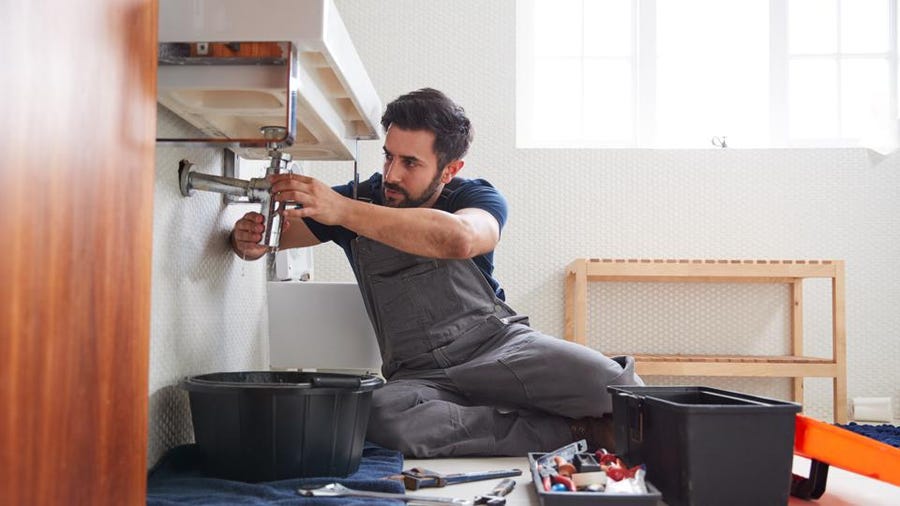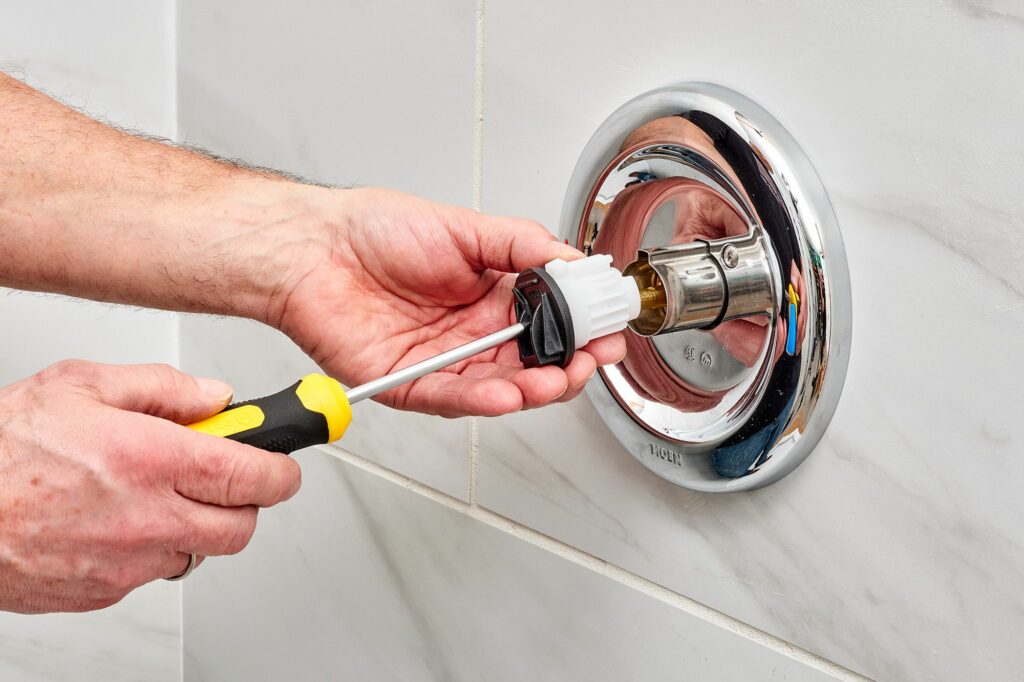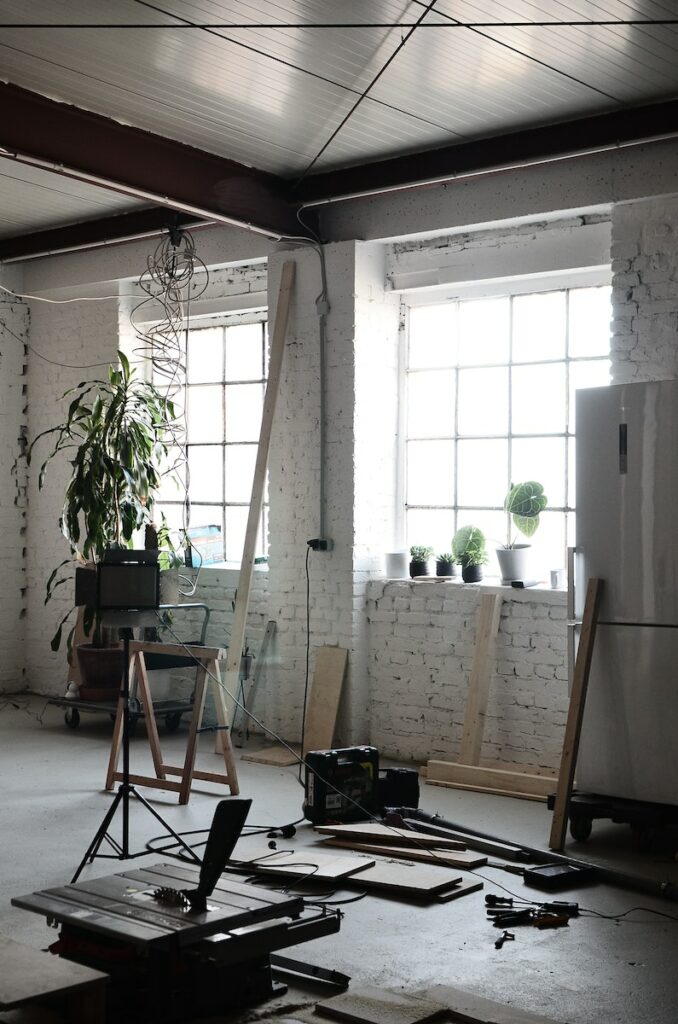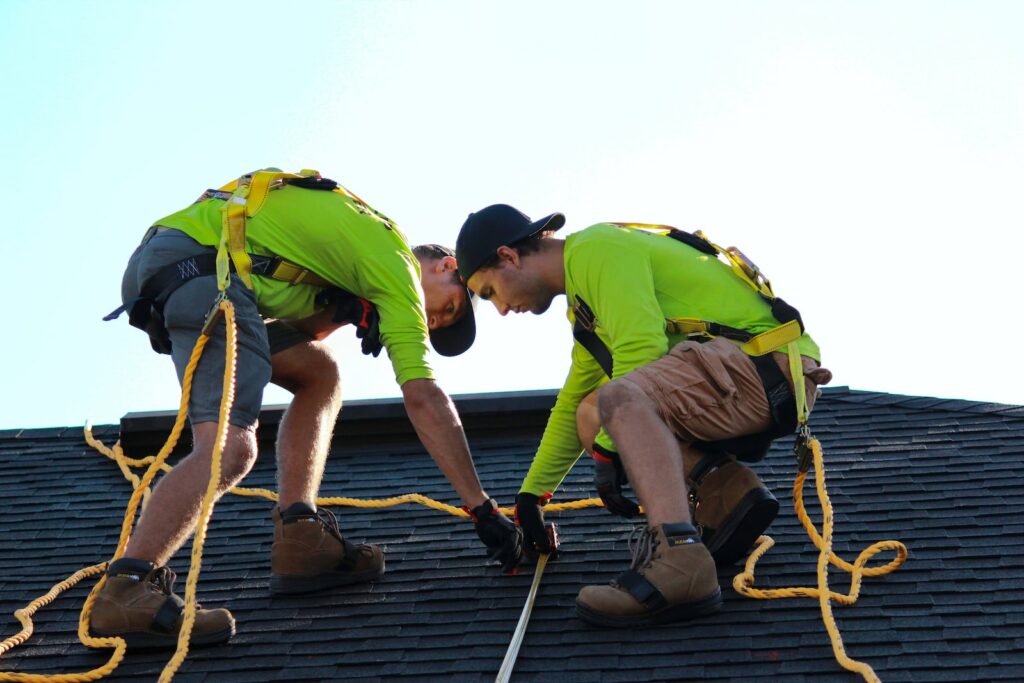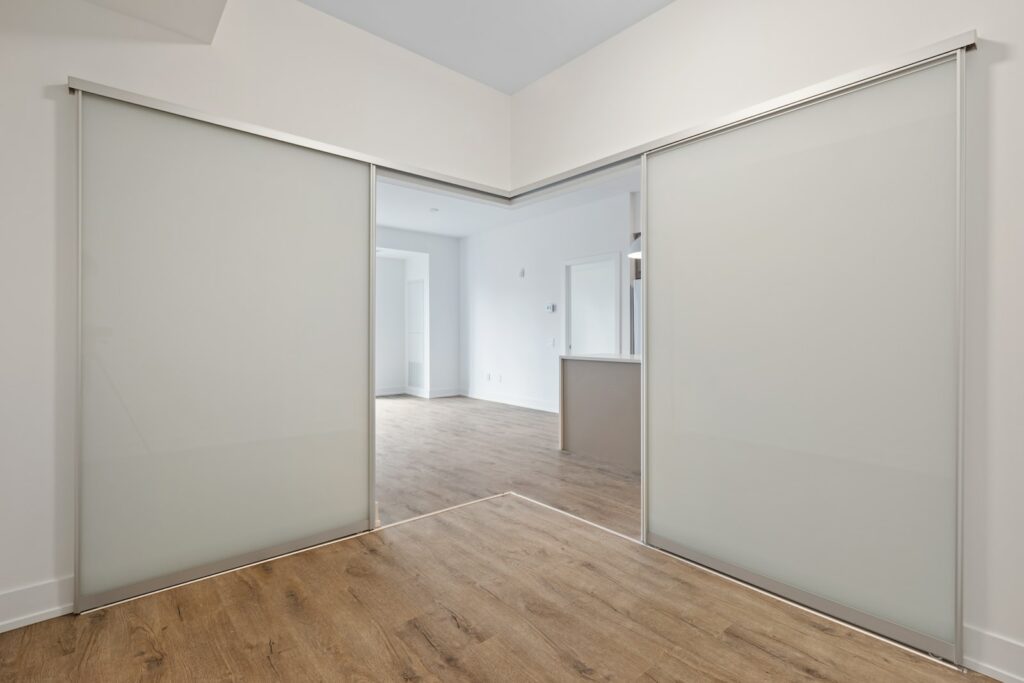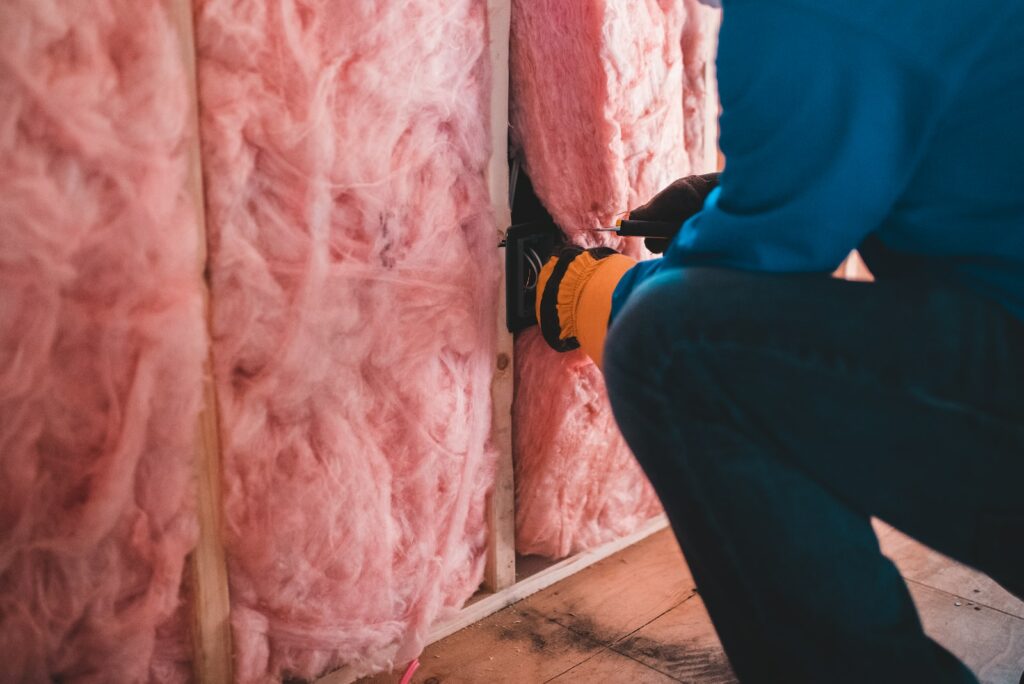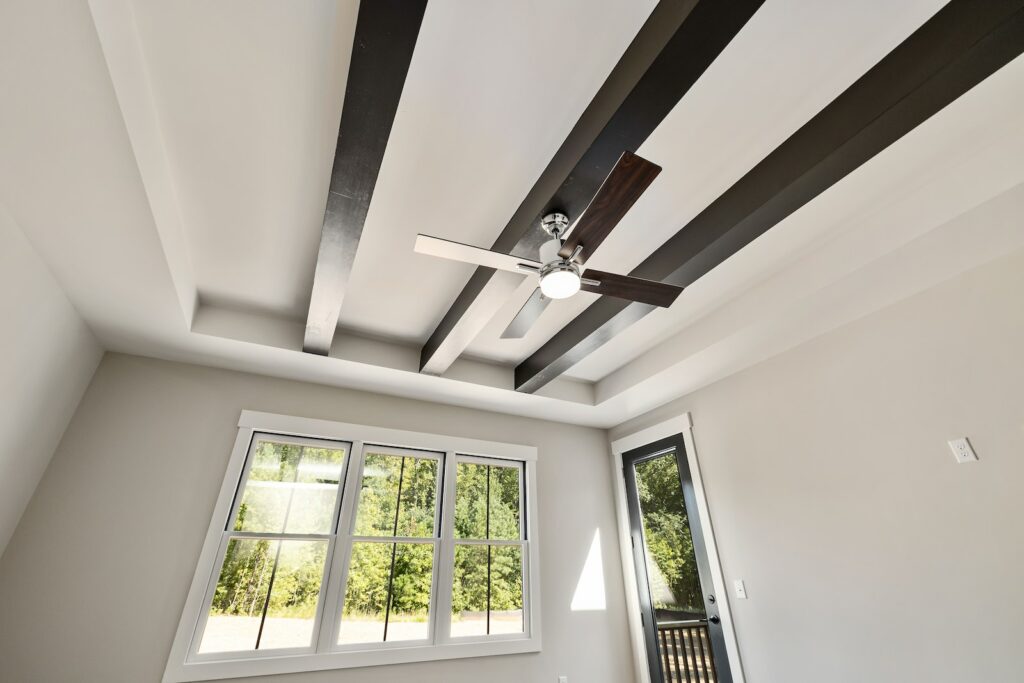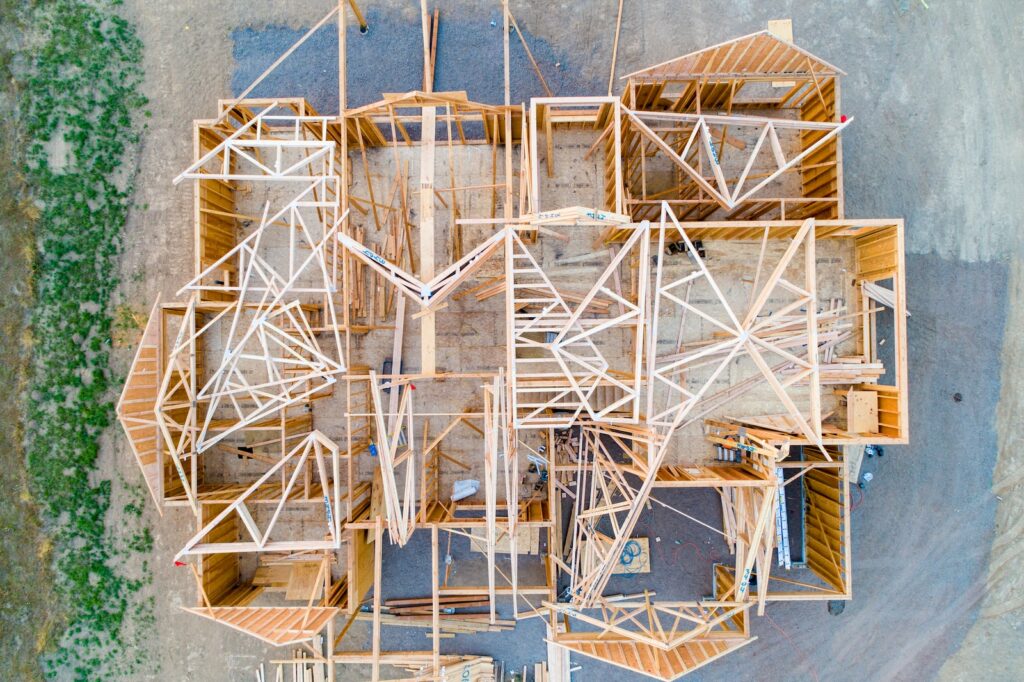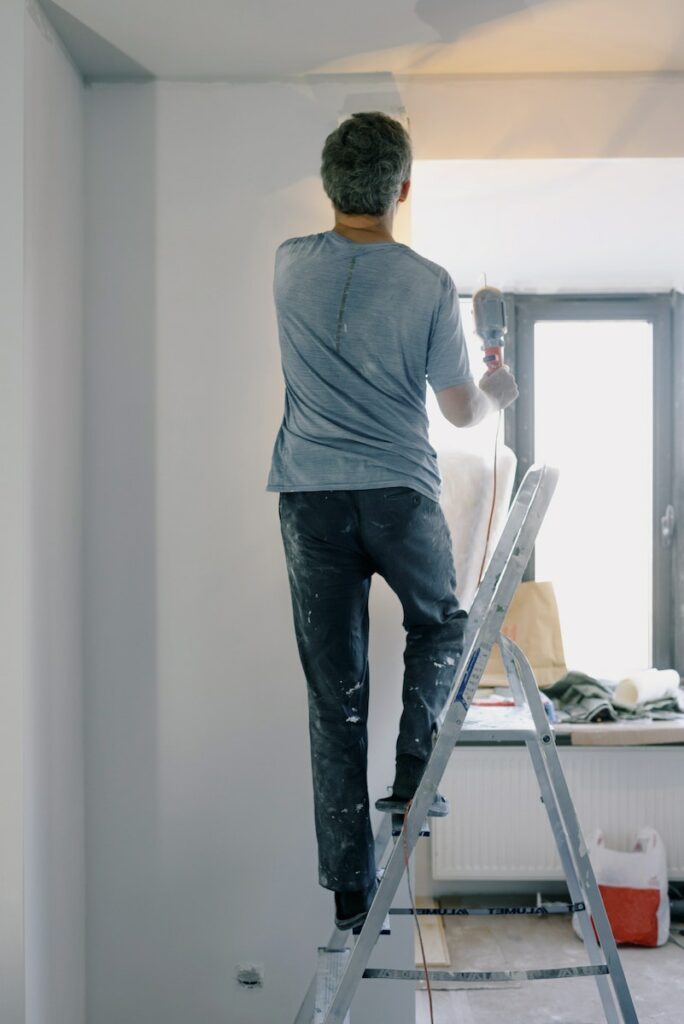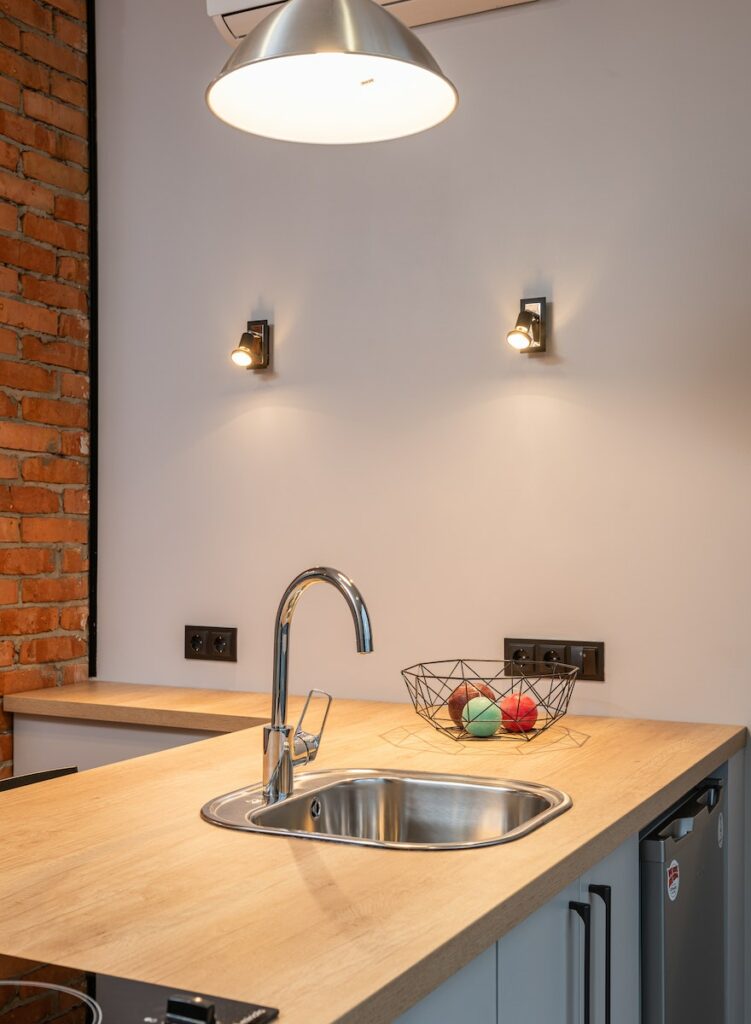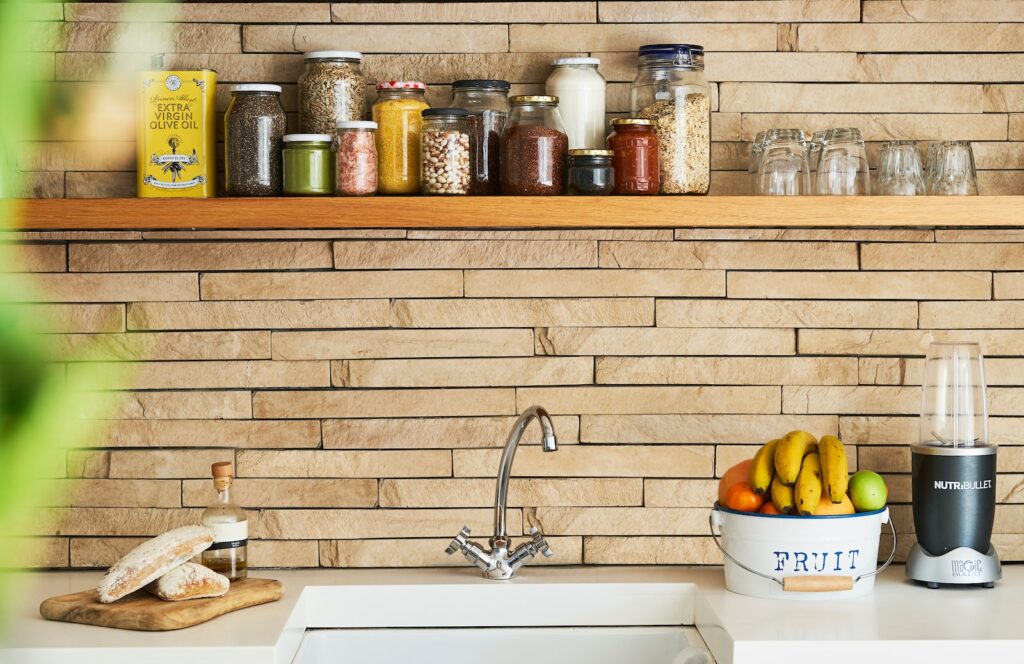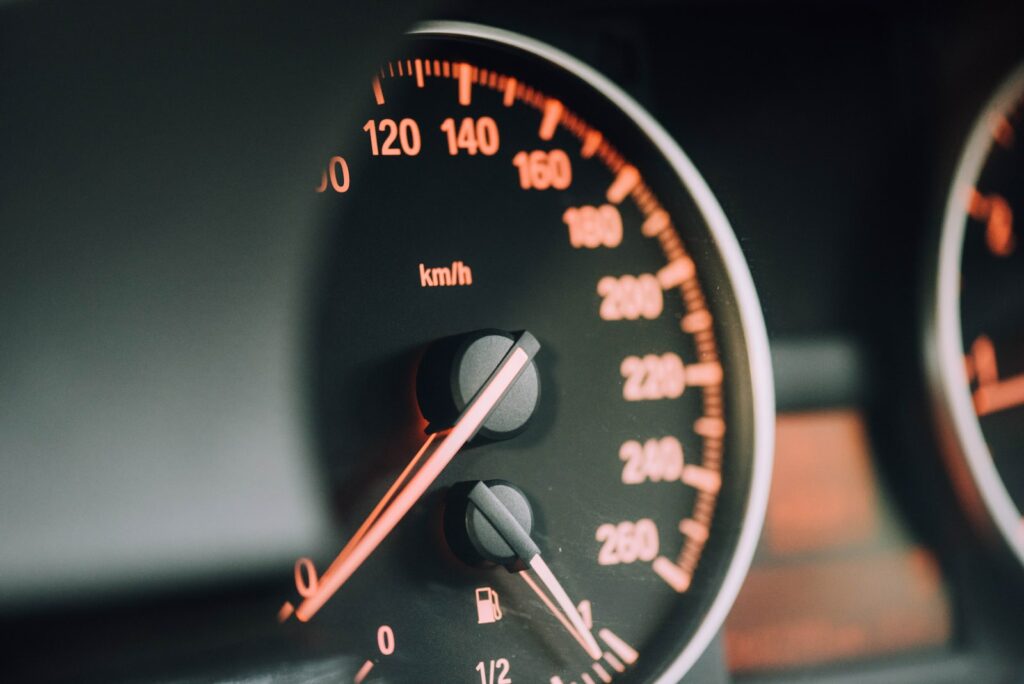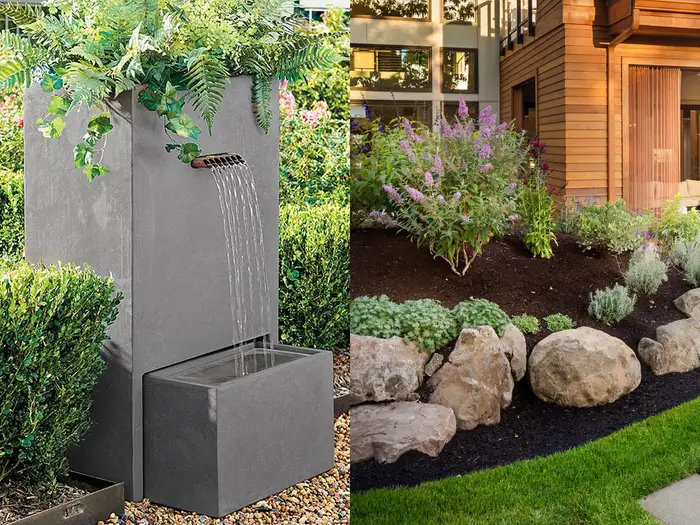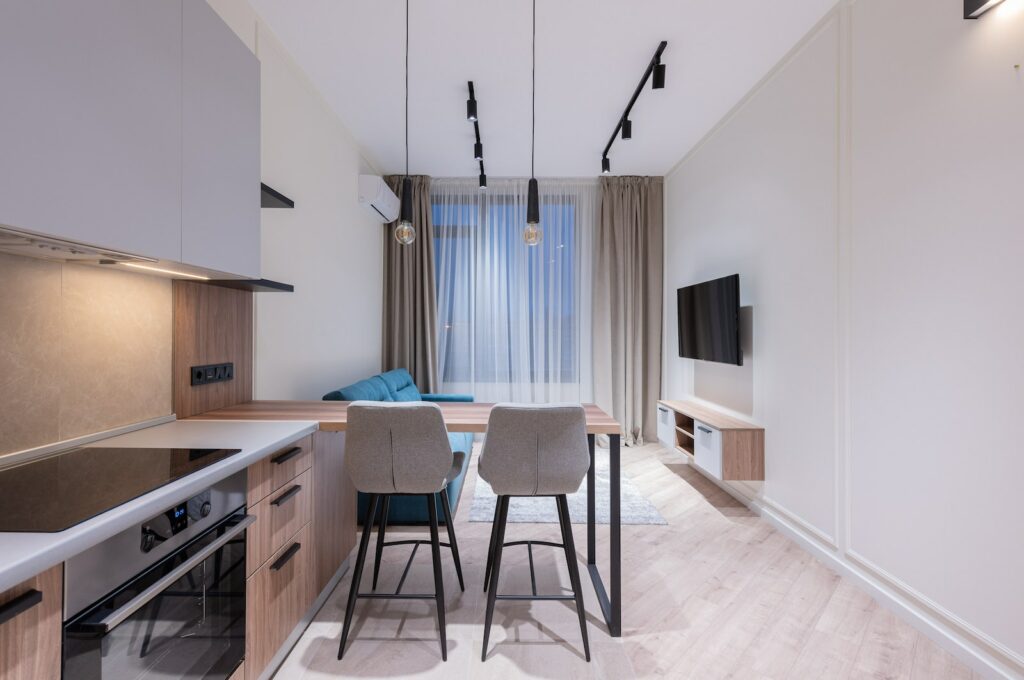The Basics of Home Plumbing: What You Need to Know
Doing work on your home’s plumbing can be complicated and intimidating. Yet, knowing the basics of home plumbing is essential for any homeowner. When you understand the basics of home plumbing, you can save time and money by being able to do some of the common maintenance and repair tasks by yourself. By understanding the basics of home plumbing, you will also be in a better position to recognize when it’s time to call in a professional plumber for more complex tasks.
Types of Home Plumbing Systems
The plumbing system in your home is made up of two main components: the water supply and the drainage system. The water supply system is responsible for delivering clean water to various fixtures and appliances in your home, such as showers, sinks, and toilets. The drainage system collects the wastewater from these fixtures and carries it away from your home.
Your home’s plumbing system often consists of two types of pipes: copper and plastic. Copper pipes are the most common type of pipe used in homes, as they are strong, long-lasting, and resistant to corrosion. Plastic pipes are also widely used, as they are lightweight and easy to install. Both types of pipes have their advantages and disadvantages and your local plumber can help you decide on the best option for your home.
Basic Plumbing Maintenance
No matter what type of plumbing system you have in your home, there are some common maintenance tasks that you should carry out periodically. These include checking the water pressure, inspecting your pipes for any signs of corrosion or leaks, and clearing any blockages or clogs in the drainpipes.
You should also make sure that your home’s water heater is in good working order by checking it regularly for any signs of wear and tear. If you notice any strange noises, decrease in water pressure, or other problems, contact a professional plumber as soon as possible.
Tools and Materials
For basic plumbing tasks, you will need a few essential tools and supplies. These include a wrench set, plumber’s tape, screwdrivers, and a plunger. Additionally, you will need a few materials such as solder, pipe joints, and pipe cement for copper pipes.
Repairing Leaks
One of the most common home plumbing problems is leaking pipes. In most cases, these leaks are caused by worn-out or cracked pipe joints or pipe fittings. You can easily repair these leaks by using a wrench to loosen the fitting, applying plumber’s tape to the threads of the pipe, and then tightening the fitting again with the wrench.
Before attempting to repair a leak, it is important to shut off the water supply to the leaking pipe. You should also ensure that the area around the pipe is clean and dry before starting the repairs.
Unclogging Drains
Another common problem that homeowners may face is a clogged drain. In most cases, you can easily unclog a drain yourself by using a plunger. Before you begin, make sure the area around the drain is clear and that you have a supply of hot water nearby.
Start by pouring hot water into the drain and then use the plunger to create a pressure that will force the obstruction out of the drain. If this does not work, try using a chemical drain cleaner. Be sure to follow the manufacturer’s instructions carefully and wear protective gloves when using these products.
Time and Expenses
Most basic home plumbing tasks can usually be completed in a matter of minutes. However, more complex tasks such as replacing a water heater or unclogging a drain may take several hours. Additionally, the cost of materials and tools for home plumbing projects can vary greatly, depending on the type of project that needs to be done.
Precautions
When working on your home’s plumbing system, it is very important to take the necessary safety precautions. Make sure that you turn off the water supply before starting any repair or maintenance tasks. Additionally, if you are using chemical drain cleaners, be sure to wear protective gloves, eyewear, and other protective gear.
Conclusion
Understanding the basics of home plumbing can help you save time and money by being able to do some of the common maintenance and repair tasks yourself. Knowing the different types of plumbing systems, basic maintenance, tools and materials, and repair and unclogging techniques can help you be better prepared for any plumbing emergencies. Additionally, be sure to take safety precautions and be aware of potential time and expenses associated with home plumbing projects.

